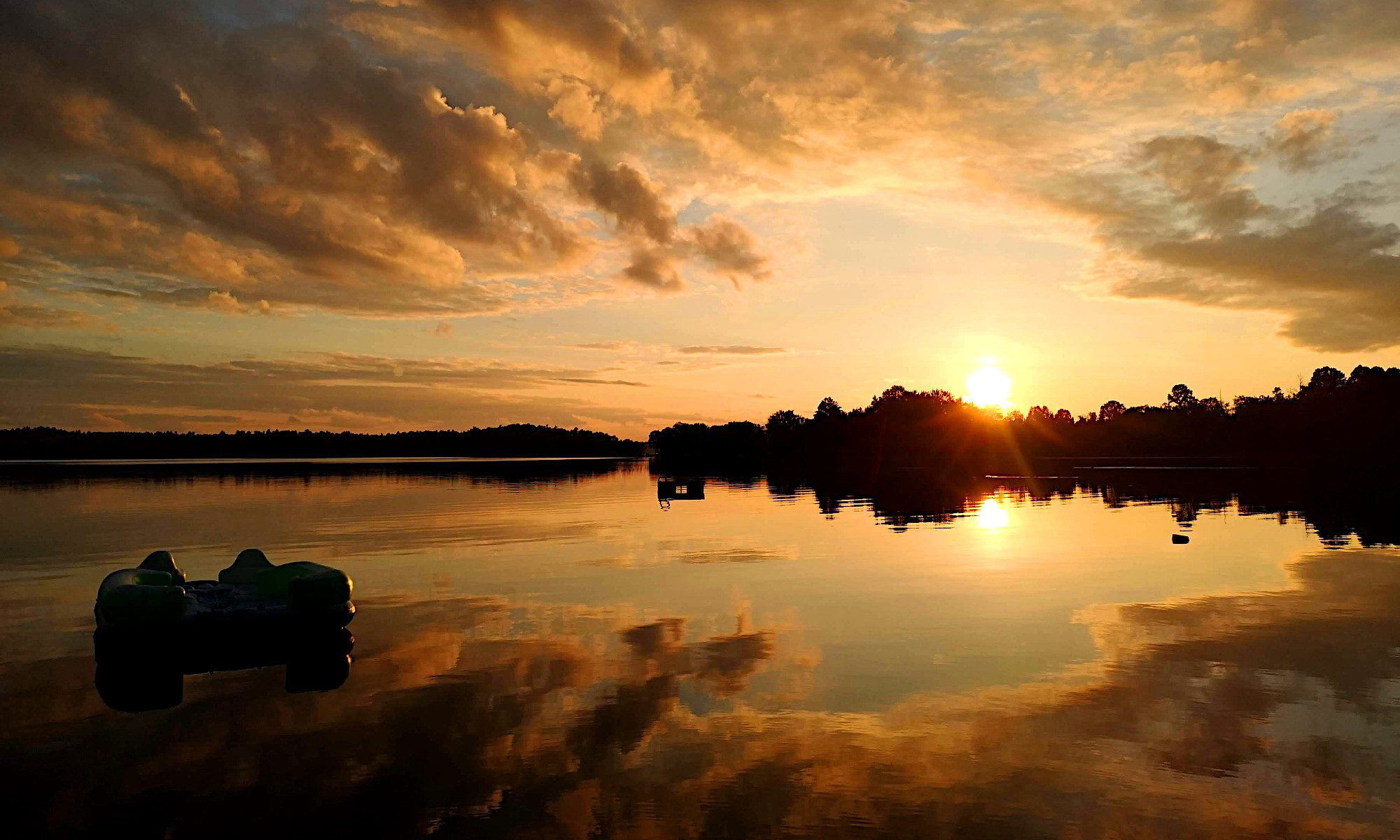
Being alive is a special occasion


Links that interest me and maybe you


A poem by Joy Sullivan

(Another one I have heard IT people use is PEBKAC — Problem Exists Between Keyboard and Chair)









From The Atlantic: “In 1975, a psychiatric textbook put the frequency of incest at one in a million. But this number is almost certainly a dramatic underestimate. The stigma around openly discussing incest, which often involves child sexual abuse, has long made the subject difficult to study. But widespread genetic testing is uncovering case after secret case of children born to close biological relatives—providing an unprecedented accounting of incest in modern society. The geneticist Jim Wilson, at the University of Edinburgh, was shocked by the frequency he found in the U.K. Biobank, an anonymized research database: One in 7,000 people, according to his unpublished analysis, was born to parents who were first-degree relatives—a brother and a sister or a parent and a child.”

From JSTOR Daily: “Rocco Bonetti, founder of a highly controversial sword-fighting school in Elizabethan London, was detested by the local English fencing masters. He was challenged outside his school by a local named Austin Bagger, who not only stabbed him in the hands and feet, but trod on him afterward to show his contempt. Bonetti died of the wounds. At the time, London was swept up in the moral panic surrounding the adoption of the rapier. Long, slender, and razor-sharp, the rapier was usually paired with a second weapon, a small, left-handed parrying dagger, rather than a shield. The dagger evolved into striking, creative forms—sawtoothed blades that could be used to capture and control the opponent’s sword, or “trident” daggers that split into three at the press of a spring.”
Note: This is a version of my personal newsletter, which I send out via Ghost, the open-source publishing platform. You can see other issues and sign up here.
Continue reading “DNA tests reveal the true prevalence of incest”
